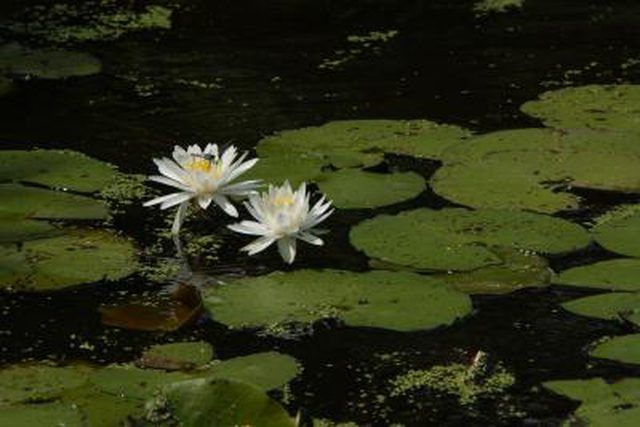Bulbs
Flower Basics
Flower Beds & Specialty Gardens
Flower Garden
Garden Furniture
Garden Gnomes
Garden Seeds
Garden Sheds
Garden Statues
Garden Tools & Supplies
Gardening Basics
Green & Organic
Groundcovers & Vines
Growing Annuals
Growing Basil
Growing Beans
Growing Berries
Growing Blueberries
Growing Cactus
Growing Corn
Growing Cotton
Growing Edibles
Growing Flowers
Growing Garlic
Growing Grapes
Growing Grass
Growing Herbs
Growing Jasmine
Growing Mint
Growing Mushrooms
Orchids
Growing Peanuts
Growing Perennials
Growing Plants
Growing Rosemary
Growing Roses
Growing Strawberries
Growing Sunflowers
Growing Thyme
Growing Tomatoes
Growing Tulips
Growing Vegetables
Herb Basics
Herb Garden
Indoor Growing
Landscaping Basics
Landscaping Patios
Landscaping Plants
Landscaping Shrubs
Landscaping Trees
Landscaping Walks & Pathways
Lawn Basics
Lawn Maintenance
Lawn Mowers
Lawn Ornaments
Lawn Planting
Lawn Tools
Outdoor Growing
Overall Landscape Planning
Pests, Weeds & Problems
Plant Basics
Rock Garden
Rose Garden
Shrubs
Soil
Specialty Gardens
Trees
Vegetable Garden
Yard Maintenance
How to Grow Lotus from Seed
How to Grow Lotus from Seed. The giant leaves and flowers of the lotus are mythical in their beauty. You can grow these amazing, large water plants from seed. The process will require patience, but that is just another lesson to be learned from these plants that steeped are in spiritual wisdom and historic significance. Once full-grown, your lotus...

The giant leaves and flowers of the lotus are mythical in their beauty. You can grow these amazing, large water plants from seed. The process will require patience, but that is just another lesson to be learned from these plants that steeped are in spiritual wisdom and historic significance. Once full-grown, your lotus plant will feature bold leaves with a single, giant bloom.
Things You'll Need
Lotus seeds
File
Small container
Buckets
Large tubs
Clay soil
Water
Order seeds from a reputable dealer. Most retail stores do not sell these seeds, so you will need to find them in a catalog or on the Internet. You can also harvest fresh seed from a well-dried seedhead from an adult lotus plant.
File or sand a little patch of the dark brown seed cover off until you see a whitish color beneath.
Soak the seeds in a small container just covered with water. Change the water carefully several times a day until the seeds split and long green shoots grow out. They average about five days before you see the tiny green sprout start. At this point, move the new sprouts into bright light.
Place the sprouted seed, once it is 1 to 2 inches long, gently into several inches of clay soil at the bottom of a large container, like a pail or a plastic gallon milk jug with the top cut off. You can let the little seedling actually grow bigger, but the bigger it gets before planting, the harder it will be to move without damage.
Allow the little plant to grow for the season and form small floating leaves. The water level should be kept at least 4 to 6 inches above the top of the soil level.
Overwinter the young lotus in its water-filled container away from heavy frosts. Often plants will go dormant for a while so don't think it's dead. They can be late to start re-growth in the spring, so be patient. The water needs to consistently be warm to wake them up.
Transfer the whole plant with roots still buried in the clay soil when spring growth allows the plant to form at least four good-sized leaves floating on the water surface or the lotus starts to send up aerial leaves. Place them in large containers. After a short adjustment period, the lotus plants should start growing enthusiastically. You may be lucky and be rewarded with a big beautiful bloom by the end of the season, or you may have to wait one more year.